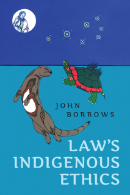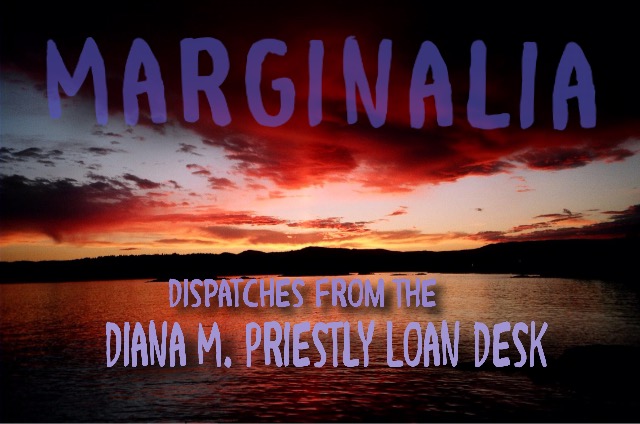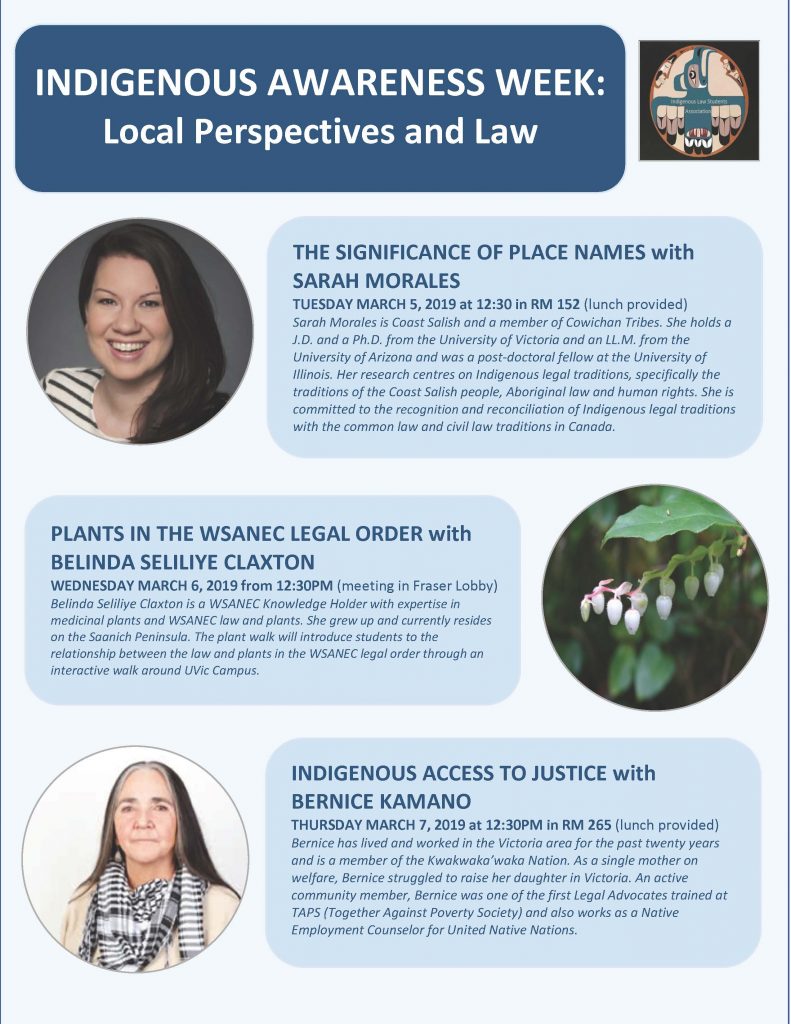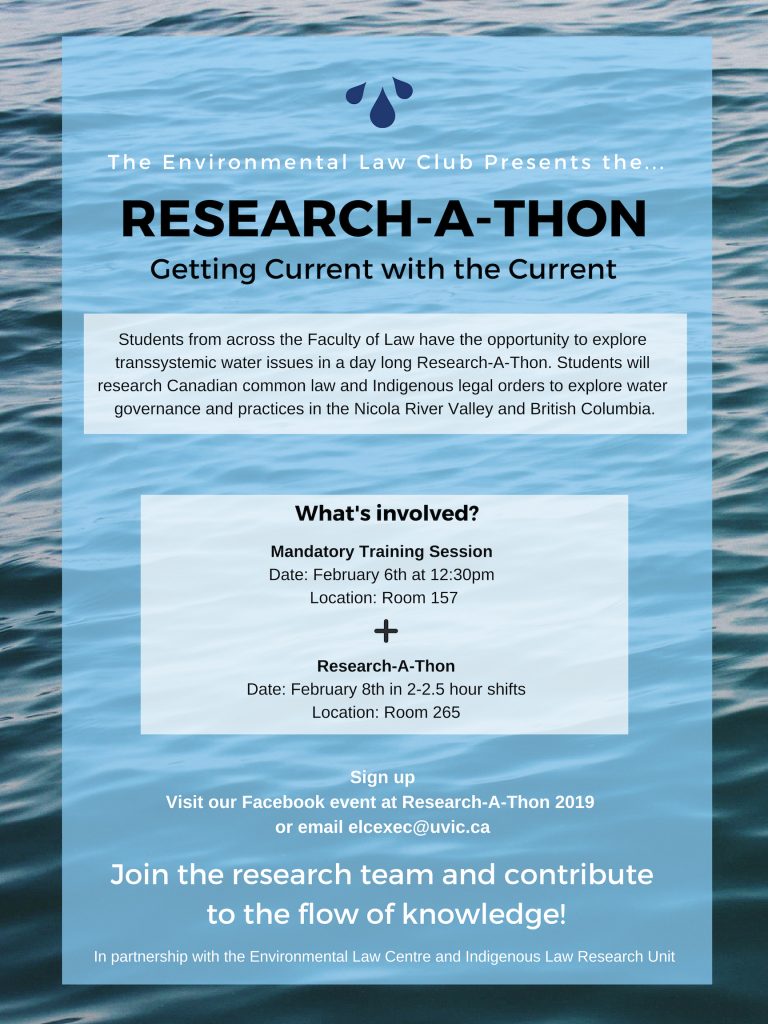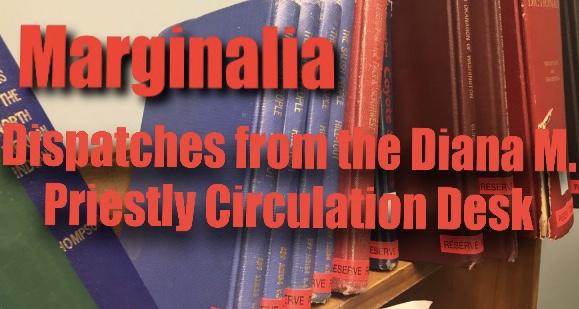The Centre for International Governance Innovation recently published an essay series entitled “Environmental Challenges on Indigenous Lands”.
The essay series was inspired by a conference held in Banff, Alberta in 2018, during which Indigenous leaders, environmental activists, human rights lawyers, academics and advocates gathered to discuss ongoing efforts to hold industry and government responsible for environmental damage and the potential for Indigenous law to provide solutions to present and future environmental challenges. The areas of discussion in the series include indigenous law applied to pipelines, resource management, human rights, indigenous environmental solutions and ecological restoration.
The essay authors include several of UVic Law’s current and former graduate students (Robert Clifford, Darcy Lindberg, Joshua Nichols, and Robert Hamilton) and faculty including Professor Sarah Morales.
Selected related resources in the library catalogue:
- Laura Westra, Environmental Justice and the Rights of Indigenous Peoples: International and Domestic Legal Perspectives (London: Earthscan, 2008). Call number: McPherson K3247 W47
- Thora Martina Herrmann & Thibault Martin (eds), Indigenous Peoples’ Governance of Land and Protected Territories in the Arctic (Cham: Springer International Publishing, 2016). Electronic.
- Donald K. Anton & Dinah L. Shelton, Environmental Protection and Human Rights (Cambridge, NY: Cambridge University Press, 2011). Call number: K3585 A57 2011.
- Lawrence Watters (ed), Indigenous Peoples, the Environment and the Law: An Anthology (Durham, NC: Carolina Academic Press, 2004). Call number: K3247 I52 2004.
- David Gordon & Shepard Krech (eds), Indigenous Knowledge and the Environment in Africa and North America (Athens, OH: Ohio University Press, 2012). Electronic.
More publications by Sarah Morales in the library catalogue:
- Sarah Morales, Snuw’uyulh: Fostering an Understanding of the Hul’q’umi’num Legal Tradition (PhD Dissertation, University of Victoria, 2014) [unpublished].
- Sarah Morales, Reconciliation Beyond the Box (Waterloo: Centre for International Governance Innovation, 2018).
- Sarah Morales, “Digging for Rights: How Can International Human Rights Law Better Protect Indigenous Women from Extractive Industries” (2019) 31:1 CJWL 58.
- Sarah Morales, “Locating Oneself in One’s Research: Learning and Engaging with Law in the Coast Salish World” (2018) 30:1 CJWL 144.
- Aimee Craft et al. UNDRIP Implementation: More Reflections on the Braiding of International, Domestic and Indigenous Laws (Waterloo: Centre for International Governance Innovation, 2018).
More publications by Darcy Lindberg:
- Darcy Lindberg, kihcitwâw kîkway meskocipayiwin (sacred changes): Transforming Gendered Protocols in Cree Ceremonies Through Cree Law (LL.M Thesis, University of Victoria, 2017) [unpublished].
- Darcy Lindberg and Jessica Asch (eds), Gender Inside Indigenous Law Toolkit (Victoria: Indigenous Law Research Unit, 2016).
More publications by Joshua Nichols:
- Joshua Nichols, Sui Generis Sovereignties: The Relationship between Treaty Interpretation and Canadian Sovereignty (Waterloo: Centre for International Governance Innovation, 2018).
- Joshua Nichols, Reconciliation and the Foundations of Aboriginal Law in Canada (PhD Dissertation, University of Victoria, 2016)
- Aimee Craft et al. UNDRIP Implementation: More Reflections on the Braiding of International, Domestic and Indigenous Laws. Waterloo: Centre for International Governance Innovation, 2018).
More publications by Robert YELKATTE Clifford:
- Robert Clifford, WSANEC Legal Theory and the Fuel Spill at SELEKTEL (Goldstream River) (LL.M Thesis, University of Victoria, 2014).
- Robert Yelkatte Clifford, “Listening to Law”, (2016) 33:1 Windsor YB Access Just 47.
More publications by Robert Hamilton:
- Robert Hamilton, Indigenous Legal Traditions and Histories of International and Transnational law in the Pre-Confederation Maritime Provinces (Waterloo: Centre for International Governance Innovation, 2018).
- Aimee Craft et al, UNDRIP Implementation: More Reflections on the Braiding of International, Domestic and Indigenous Laws (Waterloo: Centre for International Governance Innovation, 2018).

 Congratulations to Professor
Congratulations to Professor 